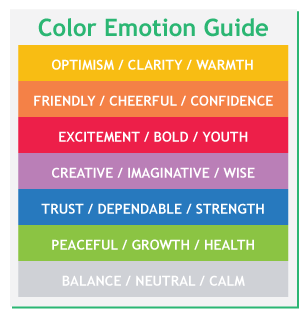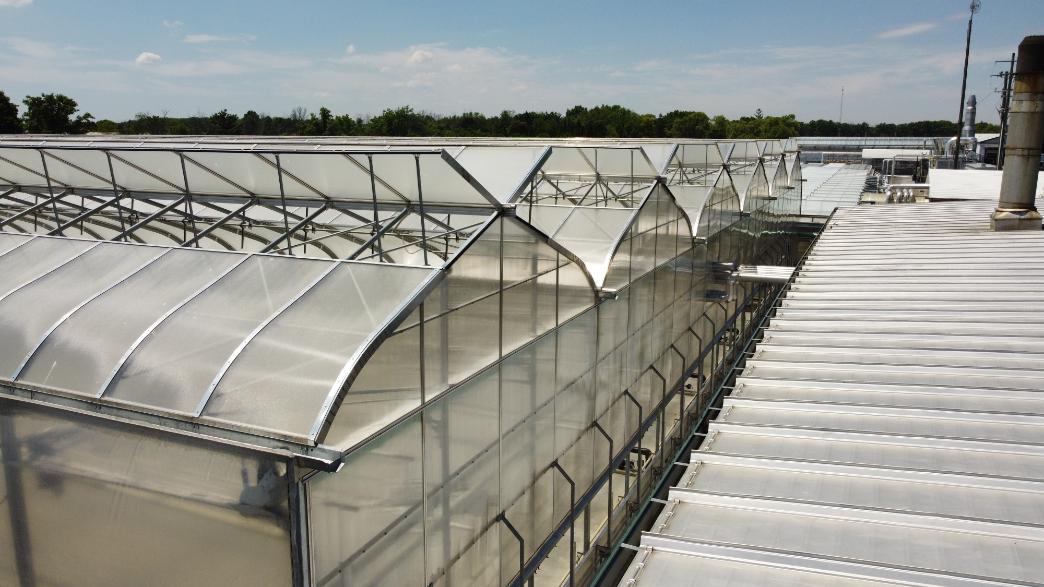Why Color Sells Plants: The Psychology Behind Color Selections
With spring approaching it’s the perfect time to look at what could help you boost your sales for the upcoming season. But does color sell plants?
A simple answer would be yes and no. But this not much help with deciding what colors you should focus on displaying. Research would suggest a number of reasons why consumers will select certain colors. It could be based on seasonal ideals, so when you think of spring you would generally lean towards pastel muted colors even veering on towards the warmer yellow tones for a splash of brightness; think Easter and daffodils. But what else? There must be other factors that will influence color choices other than the typical seasonal selections. Well there can be, and this is where it gets a little more complicated.
Research will tell you that color selection is often based on personal preference, experiences, upbringing, cultural differences and so forth, often muddying the effect individual colors have on us.

However, if you are to examine the color preferences between men and women, as done in Joe Hallock’s Color Assignments, you get a rough idea of colors that are most universally appealing. Although there are apparent differences between gender choices there are also glaring similarities. For example, both men and women most preferred blue, green, orange and red in similar amounts. The same can be said for least preferred colors between the both being brown, orange and yellow. Another example shows that men prefer bright toned colors whereas women prefer softer toned colors. Obviously this diagram lacks the broad spectrum of colors available in the flowers you could possibly sell, and again it is all down to consumer personal preference.


Seasons
Another factor that influences color choices is seasons, whether that is the typical colours associated with the season or dependent on the varieties that are available. Most gardeners planning for spring are looking forward to bursts of colors that are uplifting after a cold and dreary winter. Think of those yellow daffodils again!
Choices
People like choices. It’s a fact. But too much choice will often overwhelm a consumer, which is why presenting consumers with only the most popular colors is usually the way to go. But it’s still important to provide enough of a selection that people feel like they can express themselves individually.
Trends
Even in the floral industry there are trends set for the year of what will be the most popular colors. Consumers want to be individual but also to be socially accepted by others and will often follow trends set in the industry. According to Flowers Canada (Ontario) the Netherlands is the trendsetter when it comes to determining the popular color of the season. For example, in the beginning of this season you should plan to include a variety of purple shades. Of course this just touches the surface, as there are numerous factors that go into trendsetting, and trends can bleed over from other industries such as the fashion world.
What should you do?
You should aim to have a varied selection of colors to choose from as male and female color preferences vary so greatly. Consider what time of year consumers are buying, the most popular trends set for the year and the type of consumer that you sell to the most. Bear in mind there is no definitive right or wrong answer to color choices!








